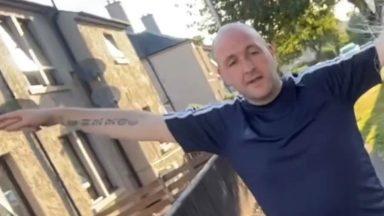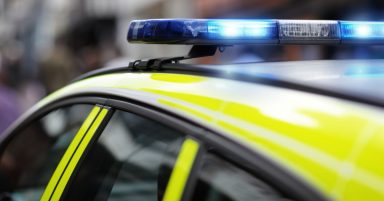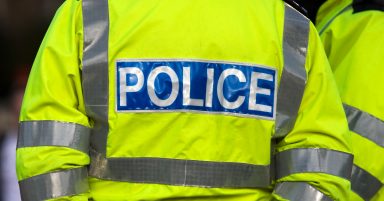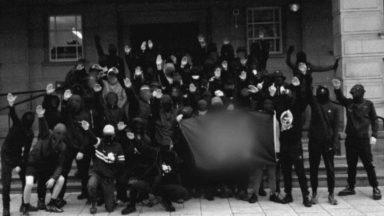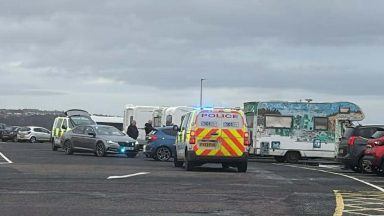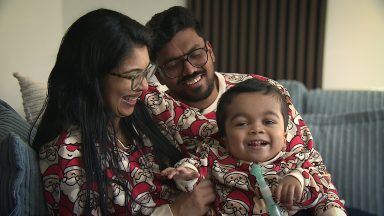A medical consultant said he would have expected to see more evidence of fractured ribs on the body of a police officer who was allegedly stamped on by Sheku Bayoh minutes before he died.
The public inquiry into the 31-year-old’s death has heard two police officers claim Mr Bayoh stamped on Pc Nicole Short’s back to the point where one of them believed she was dead.
Mr Bayoh was then restrained by police and died shortly after the incident, which happened at Kirkcaldy Police Station on May 3 2015.
Their account is disputed by a member of the public who watched from his house who said the stamping did not happen.
Dr Ian Anderson, a consultant in accident and emergency and who medically examined now retired Pc Short on May 21, 2015 on the instruction of her solicitor, was called to give evidence to help the inquiry understand whether the stamping took place.
Senior counsel to the inquiry Angela Grahame QC put it to the witness: “If the chair accepts evidence that Nicole Short was stamped, perhaps in her kidney area, would you have expected there to be some visible signs of that on her body?”
Dr Anderson replied: “Yes, if someone had, if I could use the Glasgow parlance ‘a kicking’, the first thing a patient complains about is exquisite pain at the impact side so that they have difficulty standing straight up.”
Pc Ashley Tomlinson and Pc Craig Walker had both previously told the Edinburgh-based inquiry Mr Bayoh had stomped on their colleague’s back.
Earlier evidence heard Dr Katherine Mitchell, 42, the first medical professional to check Pc Short over minutes after the confrontation with Mr Bayoh, say the officer made no complaint of chest pain at the time, which included the back area.
Dr Gillian Norrie, who had also been called to assess Pc Short on the same afternoon, agreed there was no obvious injury to her back, and if there was, she would have noted it down, the inquiry heard.
Ms Grahame read out a statement from Dr Rudy Crawford, who also analysed Ms Short’s injuries, which said: “There certainly wasn’t any evidence of serious injuries caused by stamping.
“From my point of view, stamping is a very dangerous and potentially lethal injury mechanism… it’s fair to say, in my opinion, there is no evidence of serious injuries or gross injuries consistent with a serious or life-threatening stamping injury.”
When asked if he agreed with this statement, Dr Anderson replied: “Yes, I do.”
In Mr Anderson’s evidence, he said if stamping were to have taken place, he would have expected to see “evidence of fractured ribs… or pattern bruising.”
Ms Grahame asked the witness if it was possible the alleged stamp was done with less force shown in previous video recorded demonstrations by Pc Tomlinson and Pc Walker who were at the scene, to which he replied: “It could have been.
“Injuries depend on force, if it was less force then it was less injury,” he added.
The inquiry heard when Dr Anderson examined Pc Short, some 18 days after the incident, he said she had suffered contusions – bruises – to the right side of her torso, particularly over her lower right rib cage, consistent with having been caused by blunt injury, which could be a kick.
In previous evidence, Pc Short said when she was on the ground her utility belt “had also dug into my hips, so my hips were also sore”.
When asked if the localised tenderness in this area could have been linked to the officer’s CS spray canister, made of solid plastic, and her baton, both of which were located in her belt on her right side, Dr Anderson replied: “Yes.”
Dr Crawford, a retired A&E consultant, was also called to give evidence.
He had been instructed by the Crown Office and Procurator Fiscal in 2019 to prepare a report commenting on the injuries sustained by Pc Short, including on whether the injuries were consistent with her being stamped on.
In Dr Crawford’s statement read out to the inquiry, he said: “In my opinion, the injuries were consistent with her being stamped on in the manner described… the complaint of all-over body pain the following day would also be consistent with this account, as well as the effects of extreme physical exertion in a fight or flight situation.”
He added: “There were various places where Ms Short did complain of being unable to breathe, and of right-sided pain, and on one of her examinations she was tender in the right paraspinal muscles and that would be consistent with having received a blow in that area where she was unable to breath because of an injury there.”
When asked if the CS spray canister and baton in her utility belt could have caused the pain in her right side, Dr Crawford replied: “That’s certainly a possibility.”
He said he believed the injuries the officer sustained were not serious, but added: “I do not think you can say because she didn’t sustain a serious injury that it (the stamp) didn’t occur.”
The inquiry, before Lord Bracadale, continues.
Follow STV News on WhatsApp
Scan the QR code on your mobile device for all the latest news from around the country


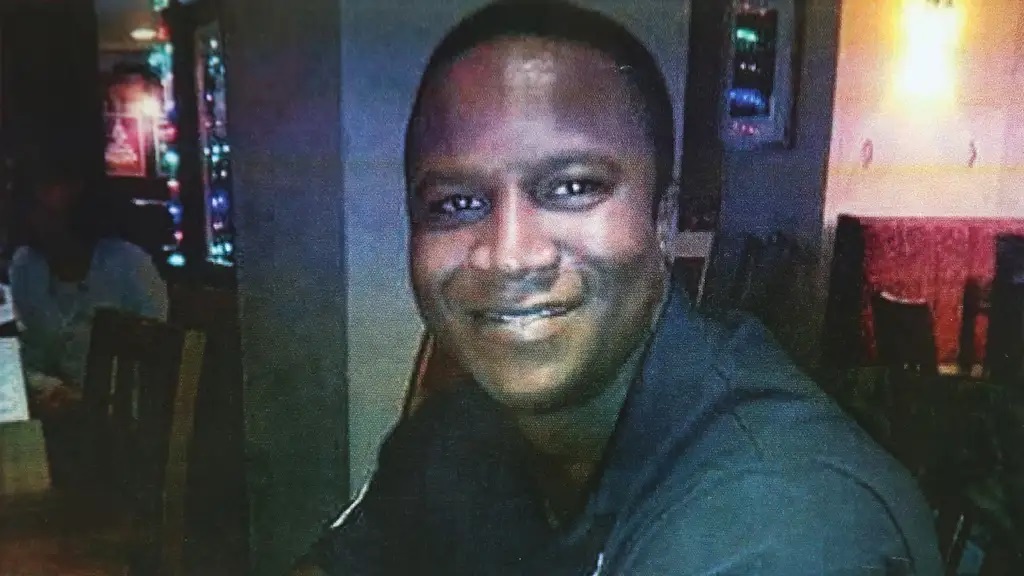 Handout
Handout


